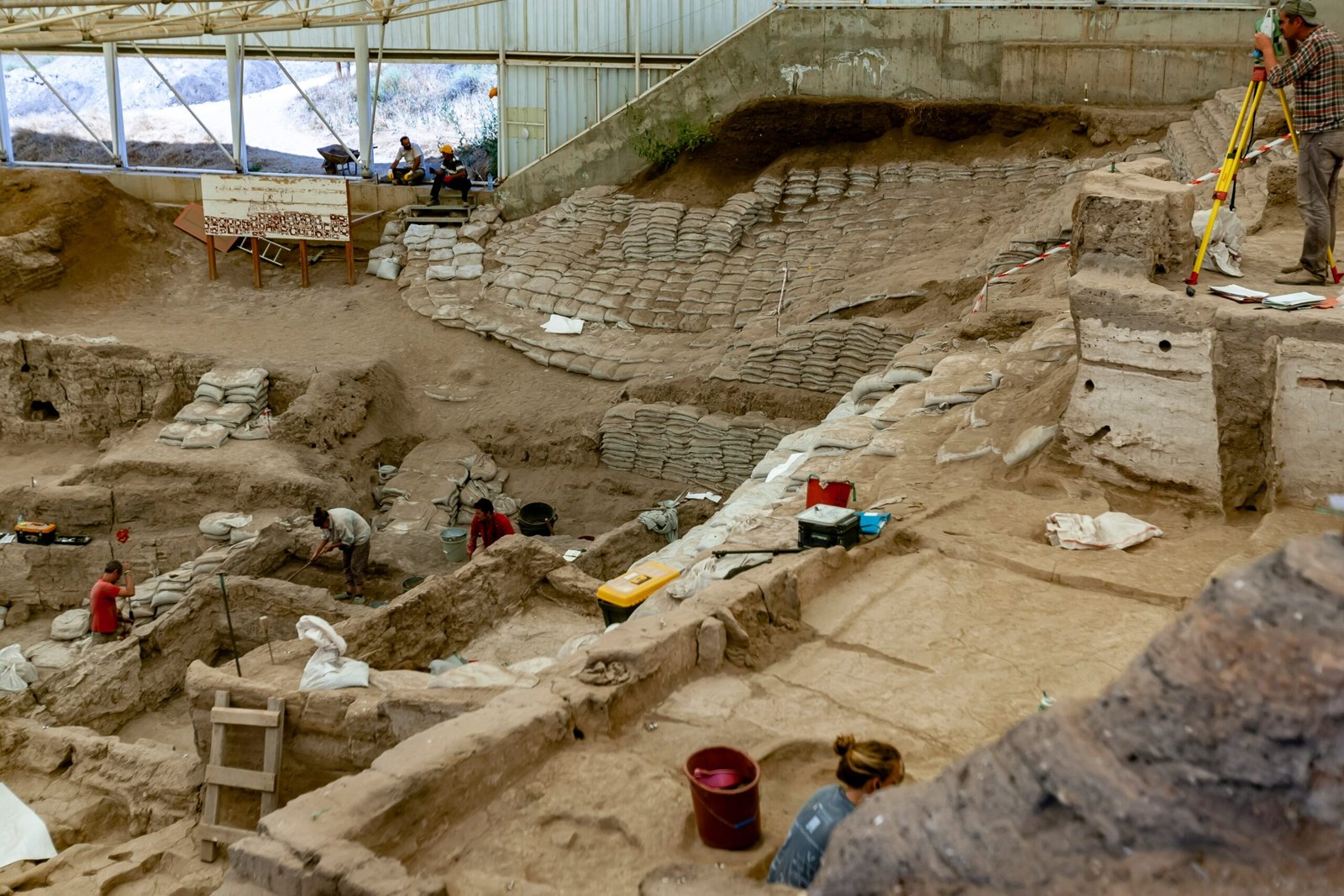On 17th May 2023, the world witnessed a groundbreaking revelation in the field of archaeology and historical research. Researchers unveiled the world’s oldest architectural plans inscribed on two stone monoliths, shedding light on extensive prehistoric stone structures known as desert kites. These remarkable structures, located in southeastern Jordan and northern Saudi Arabia, were believed to have been utilized for trapping wild animal herds. The discovery of these ancient architectural plans has not only captivated the attention of historians and archaeologists but has also provided invaluable insights into the remarkable ingenuity of our ancient ancestors and the early stages of architectural planning.
The Significance of the Discovery
The revelation of the world’s oldest architectural plans holds immense significance in unraveling the mysteries of ancient civilizations and their architectural prowess. The intricate details etched onto the stone monoliths offer a glimpse into the advanced planning and construction techniques employed by early human societies. This discovery challenges previous assumptions about the capabilities of ancient civilizations and highlights the sophistication of their architectural endeavors.
Furthermore, the presence of these elaborate stone structures, believed to have served as traps for wild animal herds, provides valuable clues about the hunting and gathering practices of prehistoric communities. The discovery has sparked a renewed interest in understanding the relationship between early humans and their environment, shedding light on their resourcefulness and adaptability in utilizing natural landscapes for sustenance and survival.
Unraveling Ancient Architectural Mysteries
The unveiling of the ancient architectural plans has opened up a treasure trove of historical and archaeological inquiries. Researchers and experts in the field are now delving into the intricate details of the inscriptions, deciphering the symbolic representations and measurements that offer insights into the construction methods employed by our ancient predecessors.
Moreover, the discovery has prompted a reevaluation of existing historical narratives, prompting scholars to reexamine the chronology of architectural milestones and technological advancements in early human societies. The presence of such sophisticated architectural planning in prehistoric times challenges conventional perceptions of progress and innovation, urging a redefinition of our understanding of ancient civilizations and their achievements.
The Intersection of History and Technology
The revelation of the world’s oldest architectural plans not only showcases the remarkable accomplishments of ancient civilizations but also highlights the pivotal role of technological advancements in unraveling historical enigmas. The utilization of cutting-edge imaging techniques and analytical tools has been instrumental in deciphering and preserving the intricate details of the inscribed monoliths, allowing researchers to piece together the architectural blueprints of a bygone era.
Furthermore, the integration of technology in archaeological pursuits has facilitated a more comprehensive understanding of ancient structures and their cultural significance. Through digital reconstructions and virtual simulations, historians and archaeologists can offer immersive experiences that transport modern audiences back in time, allowing them to appreciate the ingenuity and craftsmanship of ancient architectural endeavors.
This convergence of history and technology not only enriches our understanding of the past but also fosters a deeper appreciation for the cultural heritage and legacy of ancient civilizations, fostering a sense of connection across temporal boundaries.
As the world continues to marvel at the revelation of the world’s oldest architectural plans, this momentous discovery serves as a testament to the enduring allure of history and the unyielding quest to unravel the enigmatic tapestry of our collective past.

